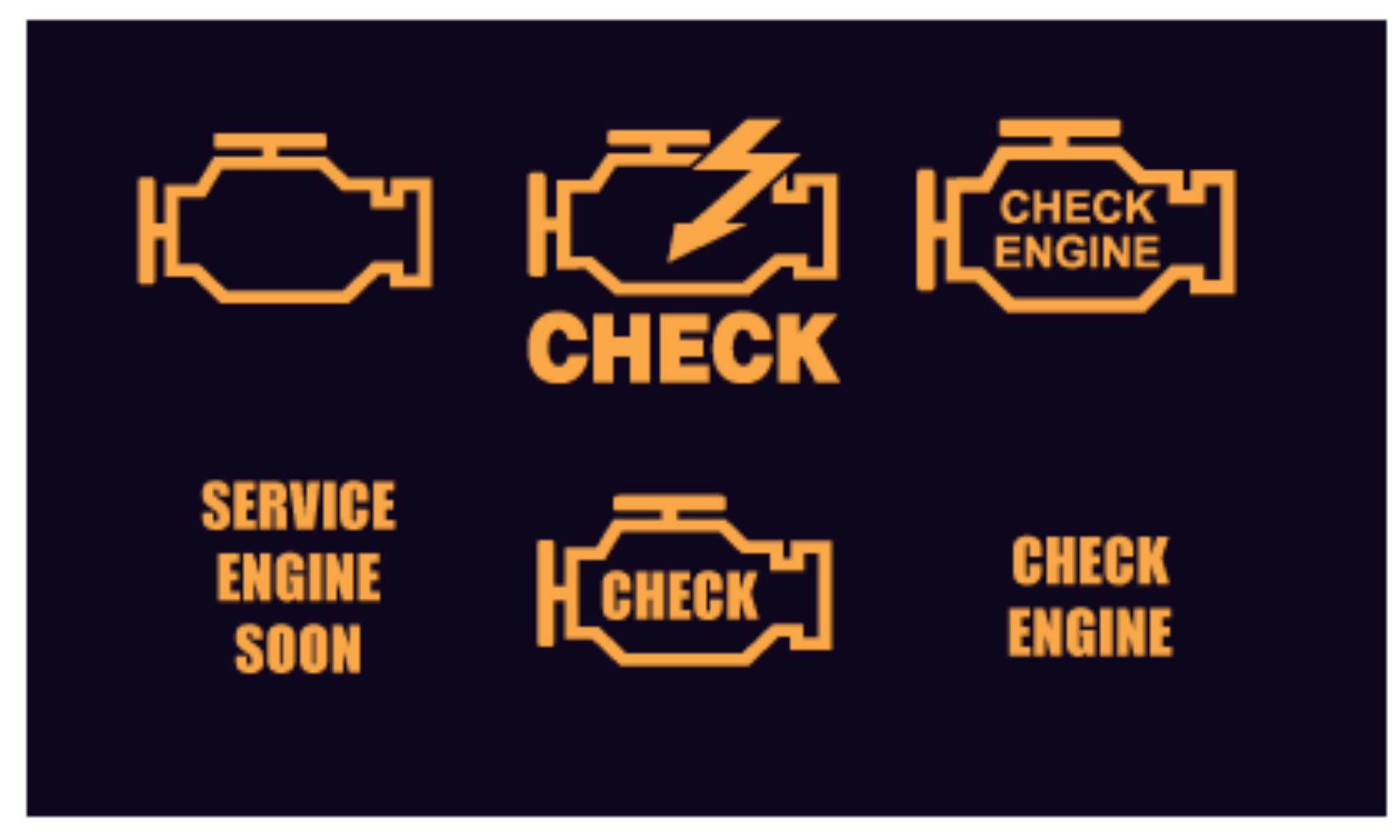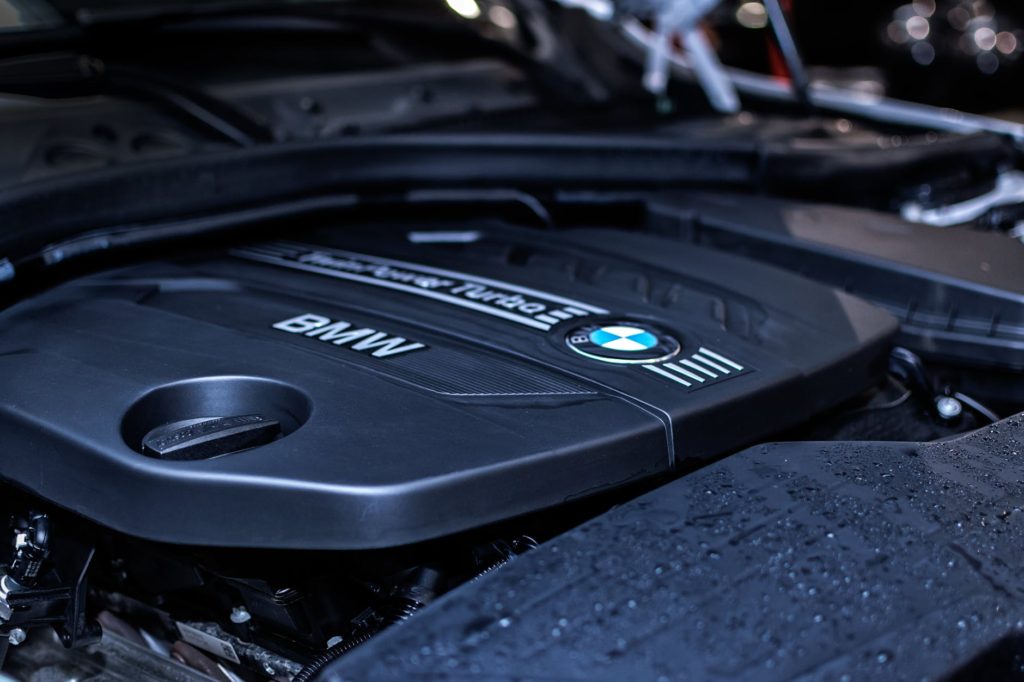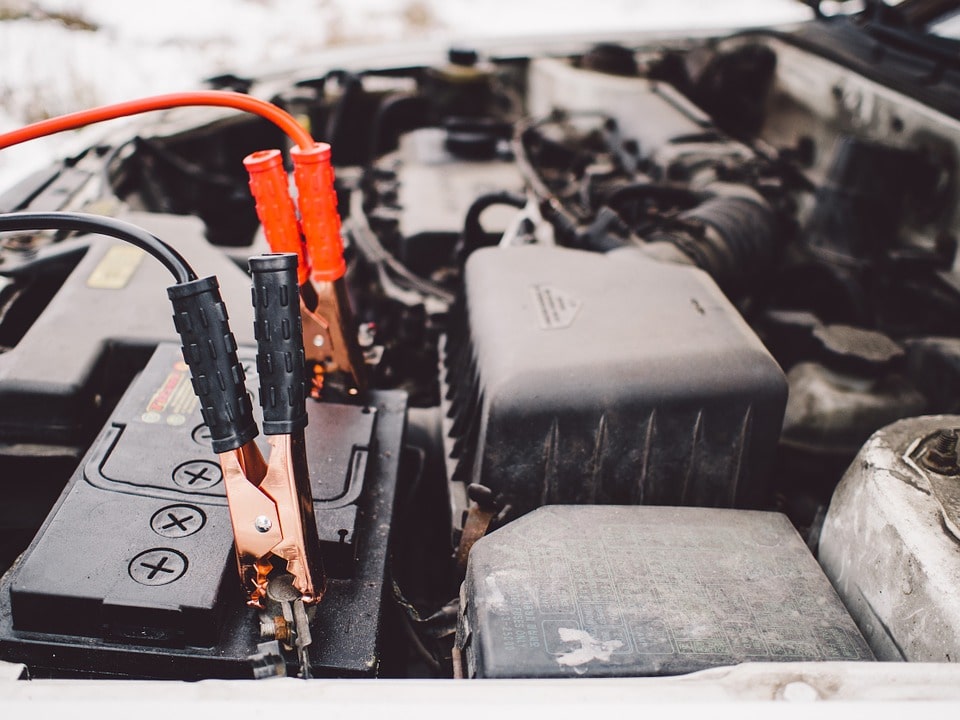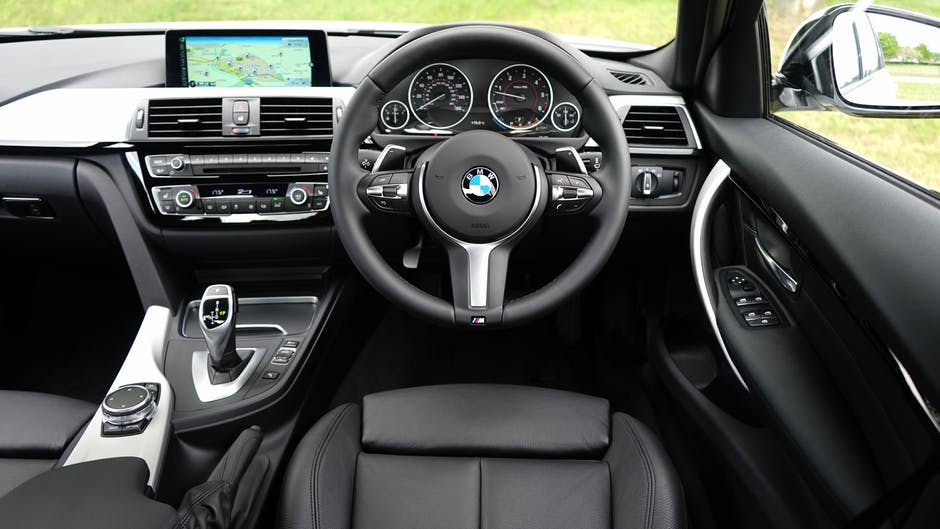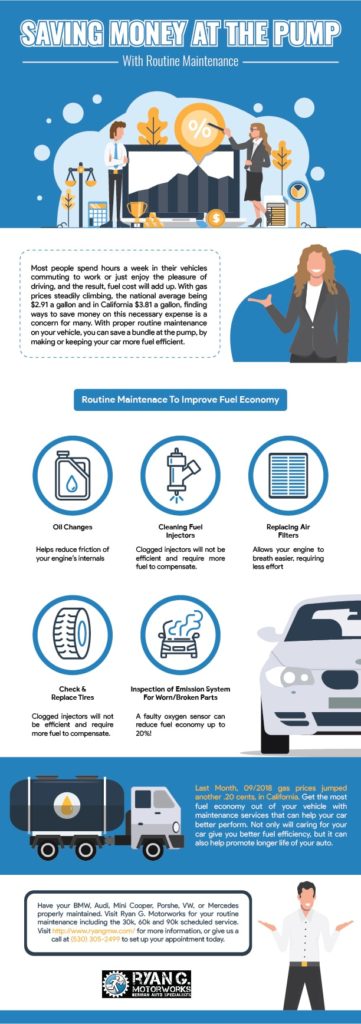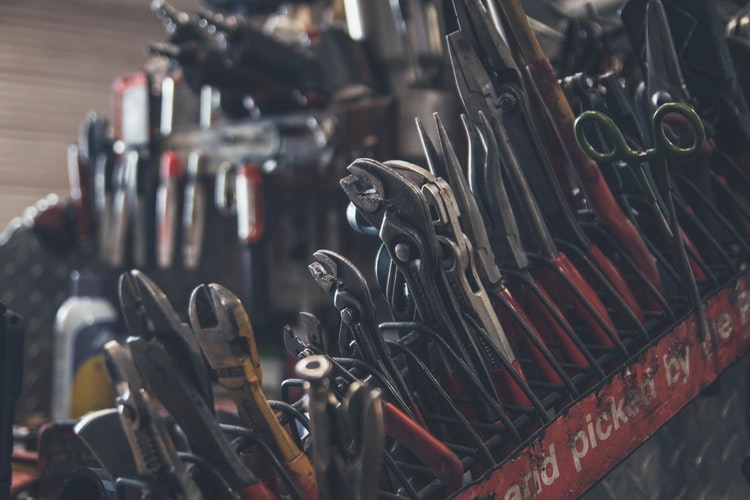
For owners of BMW vehicles, there is a revolutionary feature that can be taken advantage of, and this feature is known as the BMW condition based service. But what is the BMW condition based service and how can you make the best use of it in order to ensure the safety of your BMW?
One of the most important features on a BMW vehicle is the condition based service. This BMW service is designed and developed in order to make it easier for BMW owners to be able to understand the condition that their vehicle is in, thusly making the owner aware of any potential problems in advance—and these problems can be fixed by a licensed BMW automotive service shop such as us at Ryan G. Motorworks in a timely fashion.
Why Is It Important To Pay Attention To The BMW Condition Based Service
The BMW Condition Based Service is designed and developed in order to make it possible for BMW owners to be able to understand the statistic of their vehicle better, thusly helping to improve the vehicle’s maintenance. There are a number of problems that a vehicle can suffer, but these issues might go unnoticed by the untrained eye until it is too late; knowing when there might be a problem will allow you to get your vehicle to an approved BMW Auto Repair store.
At Ryan G. Motorworks, we understand how important your BMW is to you. You’ve spent a lot of money and time on finding and buying your perfect BMW, and any way in which you can help to prevent problems from occurring will be highly valuable in order to ensure that your vehicle remains safe and roadworthy for as long as possible.
What Is A BMW Condition Based Service
The BMW condition based service is a feature which newer models of BMW vehicles are equipped with. The BMW Condition Based Service has been designed to allow for BMW owners to better understand the systems on board the vehicle, which will, in turn, allow owners to detect any issues as they are developing.
This ‘early warning system’ will be highly beneficial for BMW owners, due to the fact that any problems can be rectified and fixed by your local automotive service shop in a more timely fashion, which will, in turn, help to reduce the risks associated with problems and will help your vehicle to remain strong and roadworthy for longer. After all, isn’t it everyone’s goal to make the most of their BMW—and this incredibly useful BMW service will help in regards to allowing a BMW owner to achieve that goal.
How Does The BMW Condition Based Service Work
The BMW condition based service works in such a way that it can monitor the status and strength of a number of the BMW service features in your vehicle, such as the level of engine oil and brake fluid available. The BMW condition based service also monitors and checks on the condition of certain technologies, which can include the front and rear brake pads and your BMW’s exhaust systems.
While most of the time carrying out these checks will not yield any results or highlight any areas that might be of concern, there will inevitably be an issue with your vehicle at some point in time which could be picked up on early by using the specially designed BMW condition based service. In fact, frequent and regular usage of the BMW service can prove itself to be vital in terms of ensuring that your vehicle remains safe to drive, and will allow you to take the appropriate action in regards to getting any problems fixed in advance—something which is undeniably critical if your vehicle is to stand the test of time.
The condition based service works through the use of a simple traffic light style system, wherein any parts of the vehicle that are working as they ought to are indicated with a green “OK”. Areas that may have errors or faults that need to be checked out by a BMW Auto Repair shop will instead be marked up with an orange triangle symbol, which clearly shows any areas that are in need of work.
When To Book Your Vehicle In For A BMW Service
The BMW condition based service is an active process and continually monitors and analyses the systems in your vehicle in order to ensure that everything is running as it should, and in the case that a fault or wear is detected, it will alert the owner of the vehicle that the time is right to get the BMW booked in for a service at their local BWM Auto Repair Shop.
